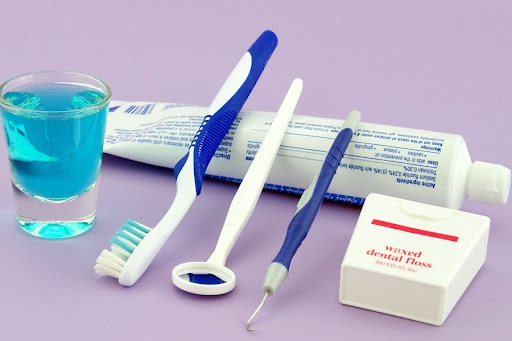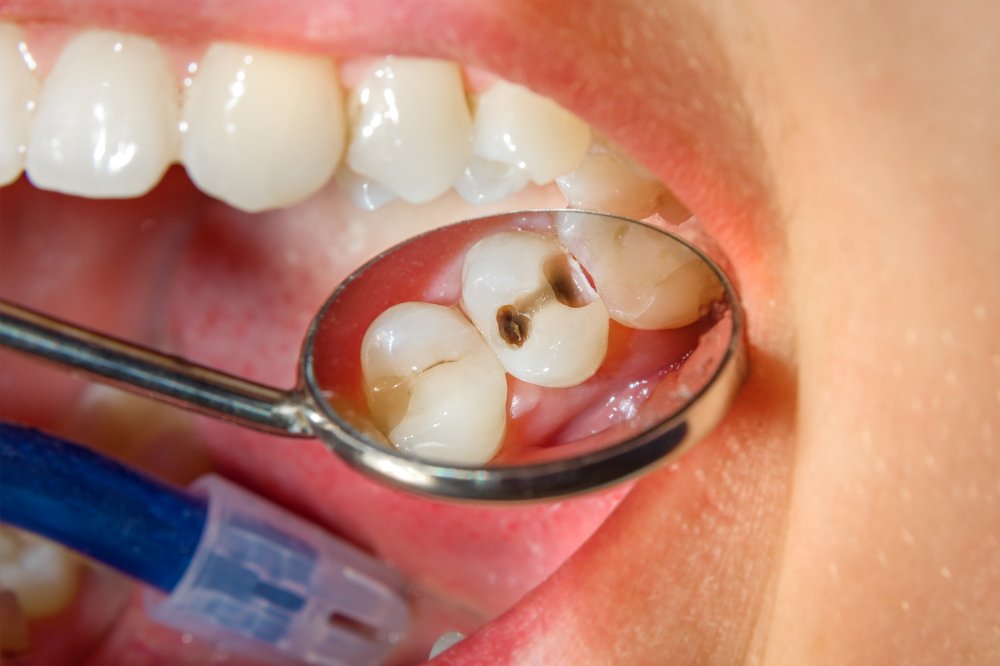Preventing Rotten Teeth: Best Practices for Oral Hygiene

Rotten teeth, a result of untreated tooth decay, can lead to serious oral health issues and impact your overall well-being. However, with proper oral hygiene and preventive practices, you can significantly reduce the risk of developing rotten teeth and maintain a healthy, radiant smile. In this comprehensive guide, we will explore the best practices for preventing tooth decay and preserving optimal oral health.
1. Brush Your Teeth Twice Daily
Description:
Brushing your teeth twice a day is fundamental to maintaining good oral hygiene and preventing tooth decay. Proper brushing helps remove plaque—a sticky film of bacteria that can lead to cavities and gum disease.
Key Points:
- Technique: Use a fluoride toothpaste and a soft-bristled toothbrush. Brush for at least two minutes, making sure to clean all surfaces of your teeth, including the back, chewing surfaces, and along the gum line.
- Timing: Brush your teeth in the morning and before bed to remove plaque and food particles.
Why It Matters:
Regular brushing helps prevent plaque buildup, which is a primary cause of tooth decay and gum disease.
2. Floss Daily
Description:
Flossing is essential for removing plaque and food particles from between your teeth and along the gum line, areas that a toothbrush may not reach effectively.
Key Points:
- Technique: Use about 18 inches of dental floss, winding it around your fingers and gently inserting it between your teeth. Move the floss up and down, curving it around each tooth.
- Frequency: Floss at least once a day, preferably before brushing in the evening.
Why It Matters:
Flossing helps prevent cavities between teeth and reduces the risk of gum disease by removing debris and plaque that can lead to decay.
3. Use Mouthwash
Description:
Mouthwash can complement your brushing and flossing routine by reaching areas that may be missed and providing additional protection against bacteria.
Key Points:
- Types: Choose an antimicrobial mouthwash to help reduce plaque and bacteria or a fluoride mouthwash to strengthen tooth enamel.
- Usage: Follow the instructions on the mouthwash bottle for the recommended amount and duration.
Why It Matters:
Mouthwash helps to kill bacteria, freshen breath, and add an extra layer of protection against tooth decay and gum disease.
4. Maintain a Balanced Diet
Description:
What you eat plays a significant role in your dental health. A balanced diet supports strong teeth and gums while reducing the risk of decay.
Key Points:
- Limit Sugars: Reduce the intake of sugary foods and beverages, which can contribute to plaque formation and tooth decay.
- Eat Nutrient-Rich Foods: Incorporate fruits, vegetables, whole grains, lean proteins, and dairy products to provide essential nutrients for strong teeth and gums.
Why It Matters:
A nutritious diet helps maintain healthy teeth and gums and reduces the likelihood of cavities and decay.
5. Drink Plenty of Water
Description:
Drinking water is essential for oral health as it helps rinse away food particles and bacteria, reducing the risk of plaque buildup.
Key Points:
- Fluoridated Water: If possible, drink fluoridated water, which helps strengthen tooth enamel and protect against decay.
- Hydration: Aim to drink at least eight glasses of water a day to stay hydrated and support overall health.
Why It Matters:
Water helps maintain a clean oral environment, supports saliva production, and aids in the natural process of remineralizing tooth enamel.
6. Avoid Tobacco Products
Description:
Tobacco use can have detrimental effects on oral health, increasing the risk of tooth decay, gum disease, and oral cancer.
Key Points:
- Effects: Tobacco products contribute to plaque buildup, dry mouth, and gum recession, all of which can lead to tooth decay and other oral health issues.
- Quitting: Seek support and resources to quit smoking or using tobacco products for improved oral and overall health.
Why It Matters:
Avoiding tobacco products reduces the risk of oral health problems and helps maintain a healthier, cleaner mouth.
7. Visit Your Dentist Regularly
Description:
Regular dental check-ups and cleanings are crucial for preventing tooth decay and identifying potential issues before they become serious.
Key Points:
- Frequency: Schedule dental visits every six months or as recommended by your dentist.
- Exams and Cleanings: Your dentist will perform thorough examinations, clean your teeth, and provide professional advice on maintaining oral health.
Why It Matters:
Regular dental visits help detect early signs of decay, clean away plaque and tartar, and ensure your oral health is on track.
8. Consider Dental Sealants
Description:
Dental sealants are thin, protective coatings applied to the chewing surfaces of back teeth to prevent cavities.
Key Points:
- Application: Sealants are applied by your dentist to the grooves of your back teeth, creating a barrier against bacteria and plaque.
- Durability: Sealants can last several years with proper care and regular dental check-ups.
Why It Matters:
Sealants provide additional protection for vulnerable areas of your teeth, particularly in children and adolescents who are at higher risk of cavities.
9. Address Dry Mouth
Description:
Dry mouth, or xerostomia, can increase the risk of tooth decay as it reduces saliva flow, which is essential for neutralizing acids and washing away food particles.
Key Points:
- Causes: Dry mouth can result from medication, certain medical conditions, or dehydration.
- Management: Use saliva substitutes, drink plenty of water, and consult your dentist or doctor for treatment options if you experience chronic dry mouth.
Why It Matters:
Managing dry mouth helps maintain a healthy oral environment and reduces the risk of decay and other oral health issues.
Conclusion
Preventing rotten teeth involves more than just occasional brushing—it’s about adopting comprehensive oral hygiene practices and making healthy lifestyle choices. By following these best practices for oral hygiene, including regular brushing and flossing, maintaining a balanced diet, and visiting your dentist regularly, you can significantly reduce the risk of tooth decay and keep your smile healthy and vibrant. Remember, proactive care and preventive measures are key to avoiding dental issues and enjoying long-term oral health.
Related to read:
Best Oral Hygiene Practices For Optimum Oral Health.
Bruxism: Teeth grinding causes treatment and prevention.
How to keep your gums healthy and disease-free?
References
To ensure the information provided is accurate and up-to-date, the following sources were referenced:
- American Dental Association. (n.d.). Plaque and Tartar. Retrieved from ADA website
- Mayo Clinic. (n.d.). Dental Plaque. Retrieved from Mayo Clinic website
- National Institute of Dental and Craniofacial Research. (n.d.). Periodontal (Gum) Disease. Retrieved from NIDCR website









